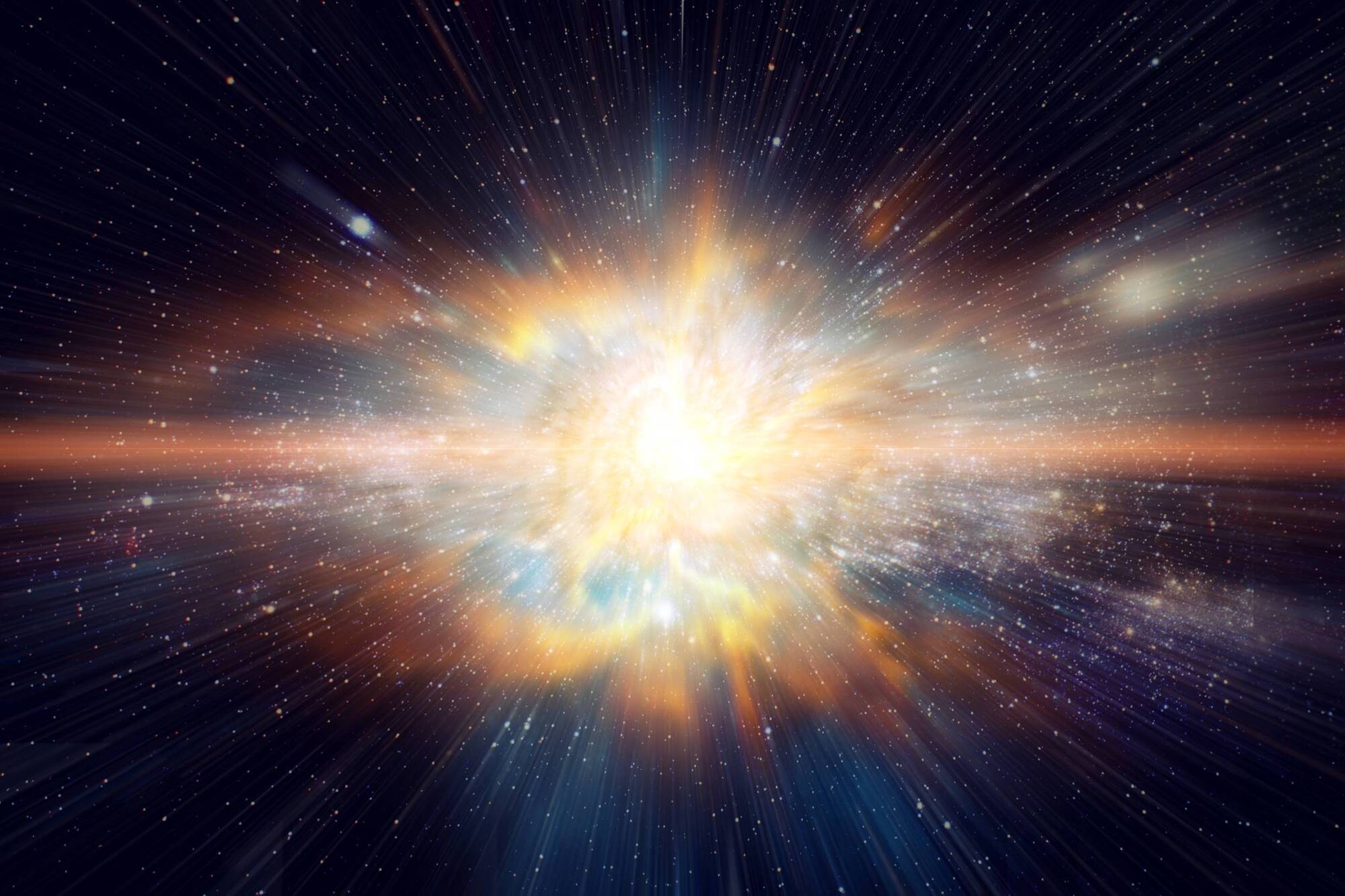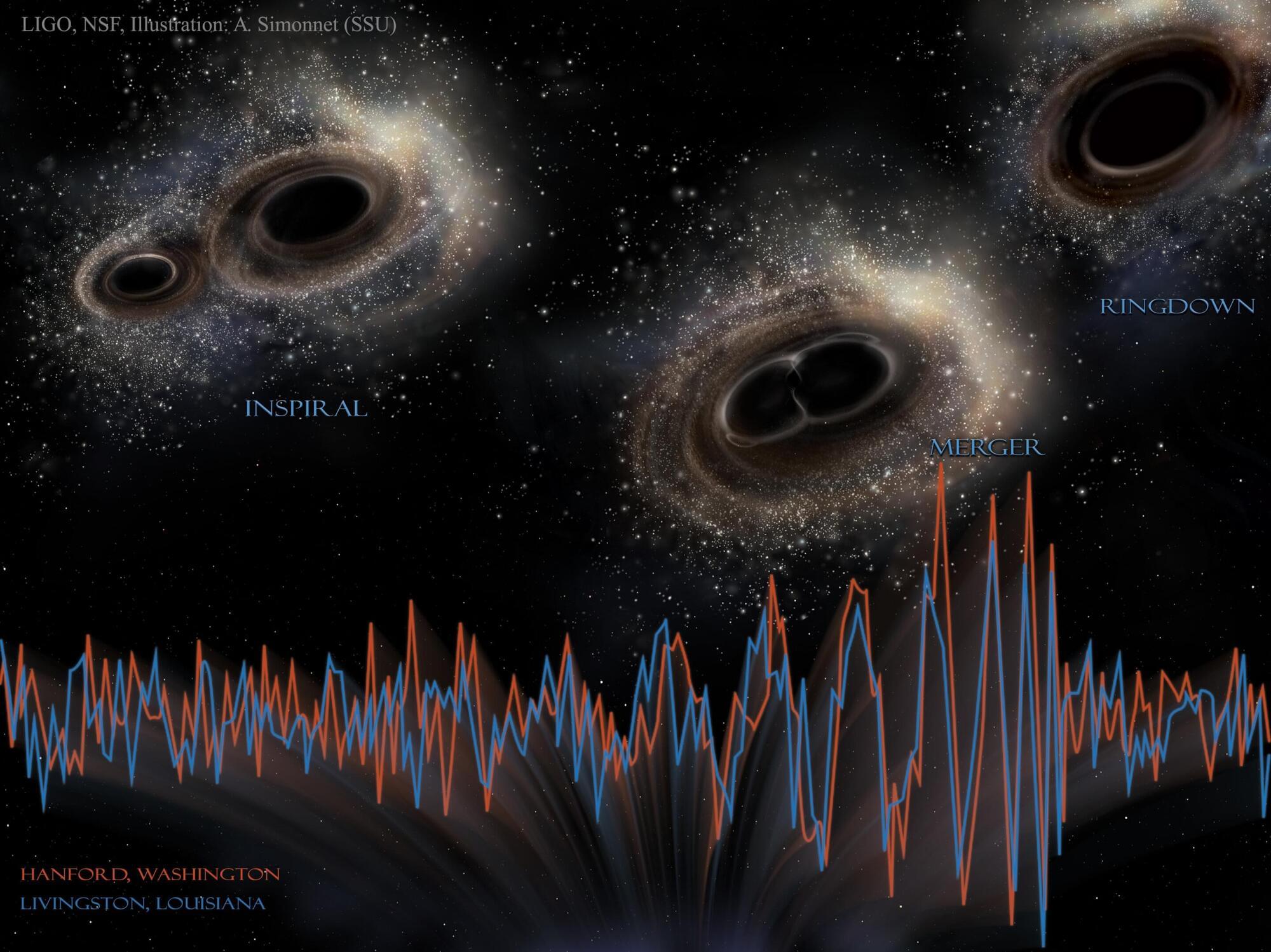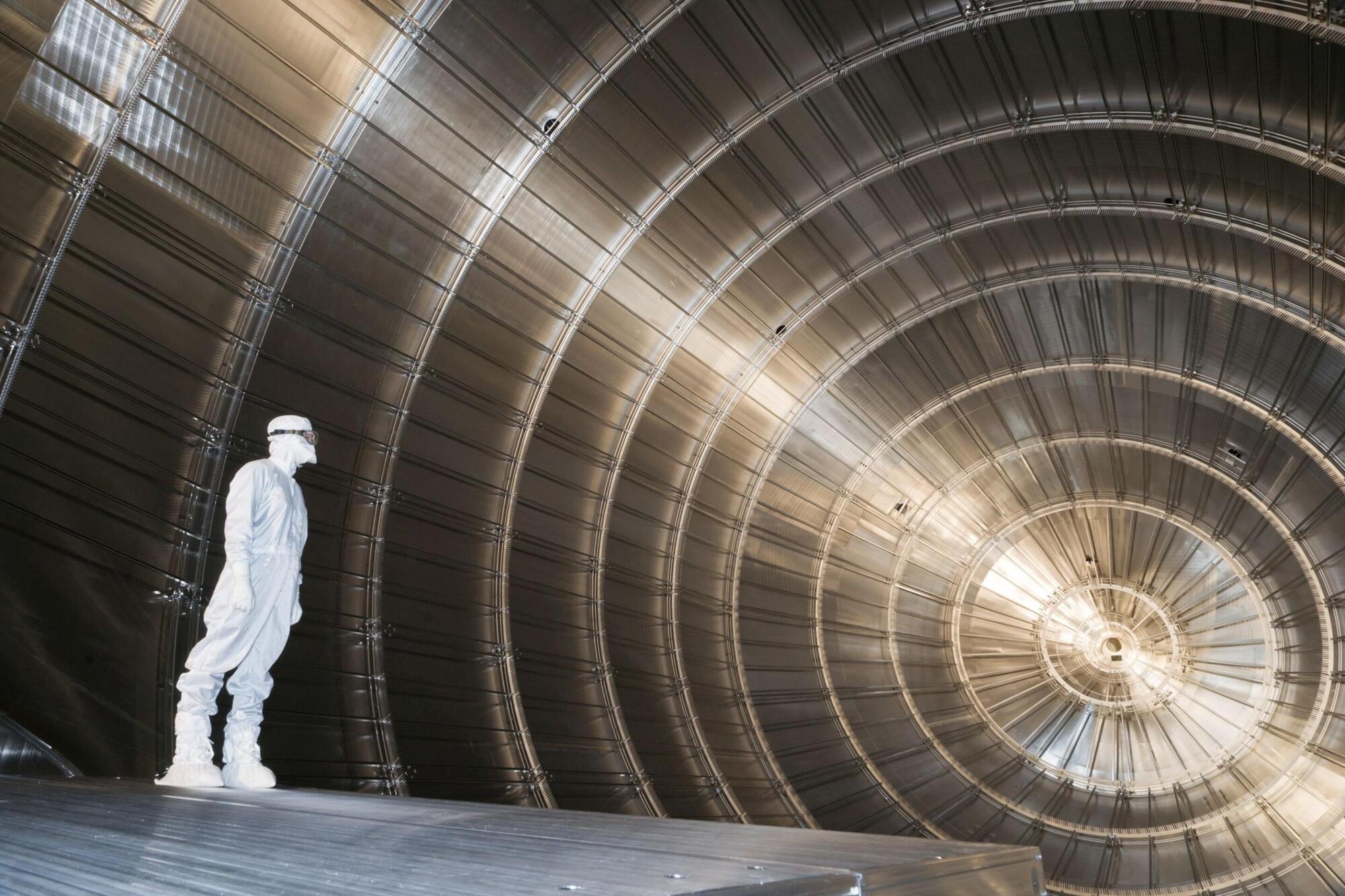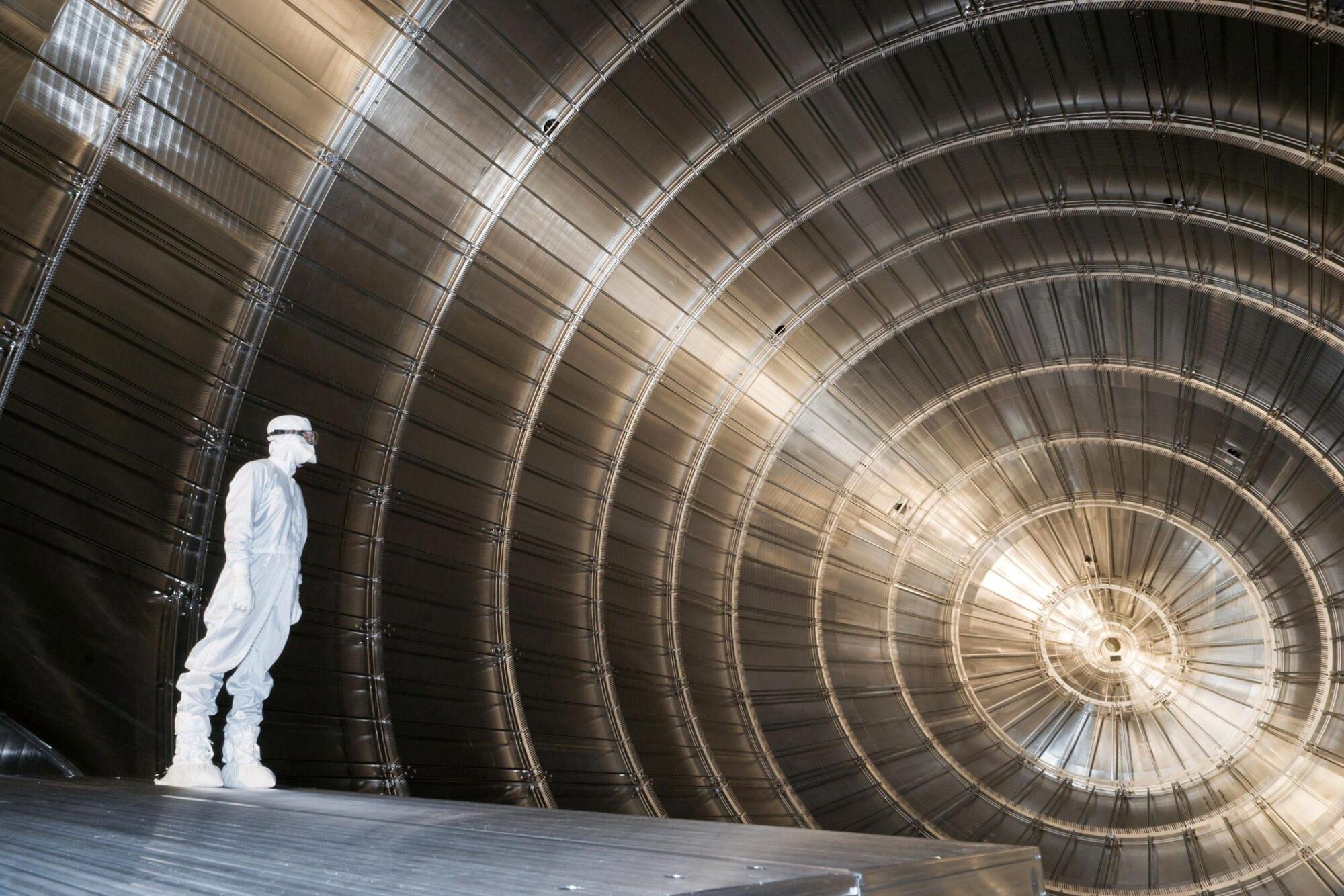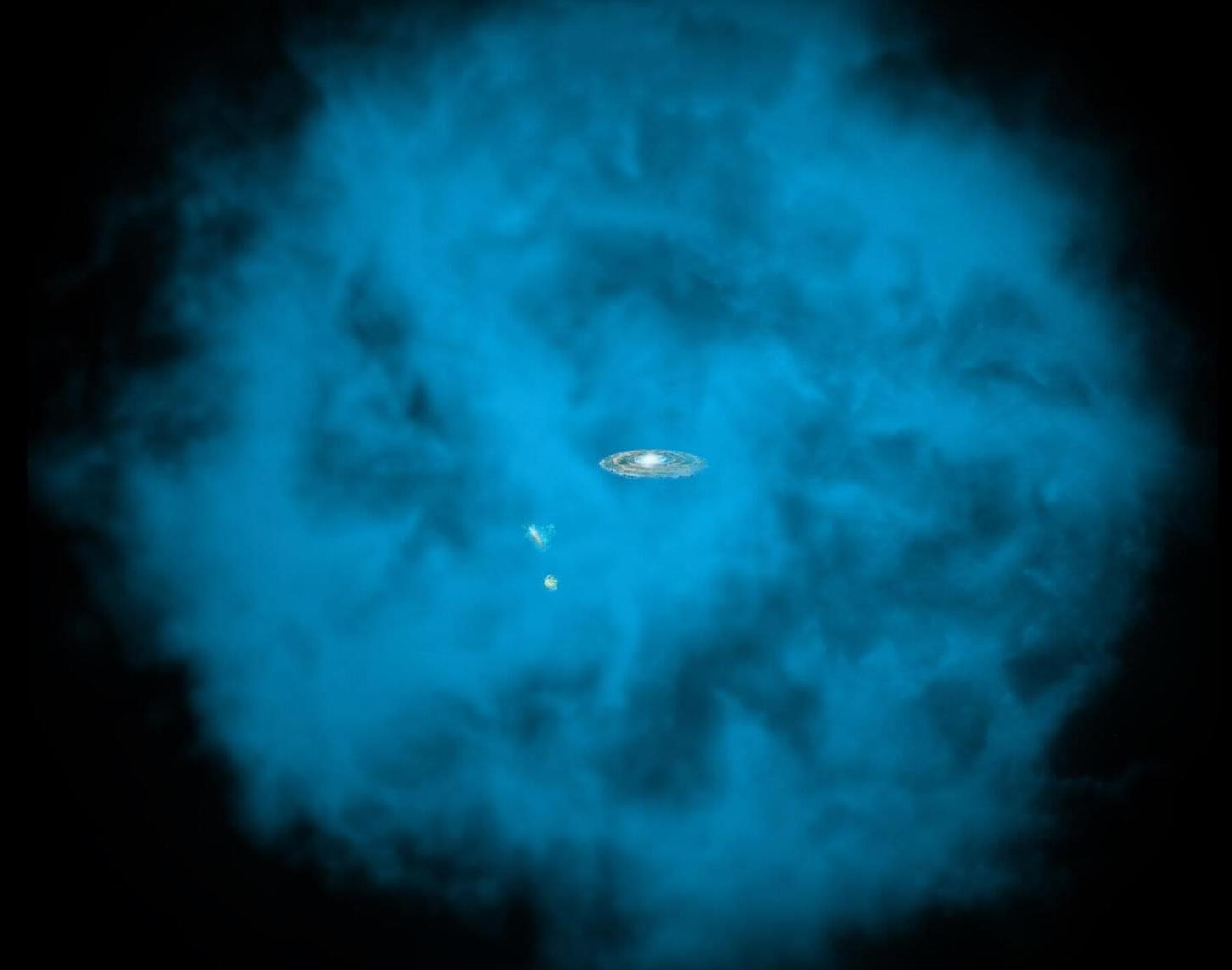In the realm of general relativity, black holes are well-known for their ability to trap light and matter by bending spacetime, creating a point of no return. While black holes have fascinated scientists and the public alike, another concept, the white hole, has remained more theoretical. A white hole is thought to be the reverse of a black hole, expelling light and matter rather than absorbing them. Now, a team of researchers has designed a novel optical device with intriguing similarities with both these elusive cosmic phenomena.
The device, reported in Advanced Photonics, functions as an optical black hole or optical white hole, and rests on a principle known as “coherent perfect absorption” of light waves. Dependent on polarization, this optical device can either absorb or reject light almost entirely, analogous to the behavior of a gravitational black or white hole in space.
The device works by forming a standing wave from incident light waves, where interactions with an ultrathin absorber lead to perfect absorption or transmission, based on the polarization of the light. In simple terms, it behaves like a cosmic object that either swallows or repels light.

